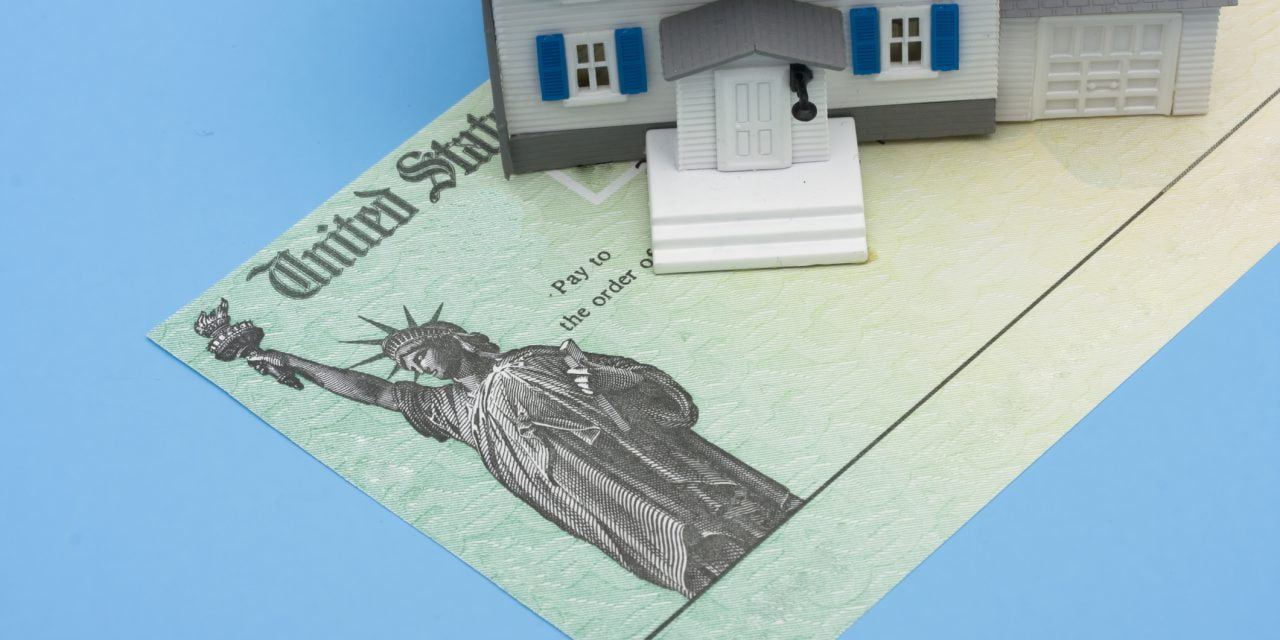Housing assistance is hard to obtain for the buyers and renters who need housing, and federal housing policy does little to help them get adequate shelter – a house or an apartment. In fact, current policy tends to benefit high-income homeowners most, according to a new brief from the Urban Institute. No surprise here.
The brief’s analysis indicates housing payment assistance does more to equalize the gap between high-earning and low-earning families than homeowners’ tax benefits, like the mortgage interest deduction (MID).
Presently, the middle class is all but ignored by government transfers and benefits as they are designed to favor families on either end of the earning spectrum. Moderate-income homeowners don’t qualify for HUD housing assistance to help make payments – think Section 8 – nor do they earn enough to receive the same savings by tax reductions from MIDs as higher-income families.
This leads to thoughts that eliminating the MID will help fill the gap and give low-earning families the ability to pay for suitable housing. However, there’s more to the problem than a little Robin Hood heroism.
Federal housing policy and the MID
Efficiency of the MID has been aggressively debated for years. Some supporters claim it promotes homeownership by offering benefits, but only to those who take out purchase-assist consumer mortgages. Opponents claim death of the MID would automatically benefit those in need of assistance in purchasing homes.
The truth is both sides are wrong.
While it’s true that government spending is skewed toward rewarding mortgaged homeowners – as of 2014, government tax loss due to MIDs totaled $101.47 billion, according to the House Appropriations Committee – elimination of these benefits won’t directly benefit first-time homebuyers. Instead, first timers need tax reforms that help them save for a home, like mortgage savings accounts that match deposits made by potential homeowners, or mortgage payment assistance, as with HUD Section 8 payments to boost a tenant’s income to meet their rent.
Between 2007 and 2011, only 23.8% of eligible low-earning households actually received the help they needed to make a down payment. Comparatively, 30% of the tax returns claimed by Californians in 2008 averaged a deduction between $5,520 and $18,876. California returns reported the nation’s highest average MIDs during 2008.
Even with government assistance, home pricing can fluctuate out of reach. As of July 2015, average tri-city home prices in the low- and mid-tier range in California increased by 9% and 7%, respectively, from one year prior. California wages increased around 2% annually over the past years, with inflation averaging less than 2%.
Income inequality in the U.S. also affects disparity in equal housing. Although California’s employment rates are on the way to full recovery (to happen around 2019), wages have not risen in tandem with the increase in jobs. Without increased funding to HUD housing programs, low-earning families are forced to wait for wage increases to try and obtain rental housing without government assistance. Hence, the pay from their employers is enlarged so they can rent acceptable housing for their families, the assistance being an indirect subsidy to their employers.
That’s where tax reform comes in – without increasing government transfers. If tax benefits shift focus from mortgaged owners to first-time buyers, families earning low wages will be able to buy homes and thus enter the housing market, which is good business for everyone, particularly builders when zoning allows.
Prioritizing positive assistance for tenant and buyer occupancy to balance the benefits of the MID for homeowners will lift the market by allowing first timers to buy. MID does not help a buyer buy a home, and in essence is merely a pass-through to the seller and the mortgage lender by way of an increase in prices.
Purchase and rental assistance will contribute to economic growth without totally eliminating benefits to current homeowners. First timers benefit little from MID since they are in low income tax brackets and have not been able to earn sufficient sums to save for a down payment.
However, we have been waiting for such tax reforms for years – and it doesn’t look likely that change will come anytime soon, as the poor among us have little to no voice in what Congress does.
Re: “This chart shows how federal housing policy benefits the rich more than the poor,” from Vox














